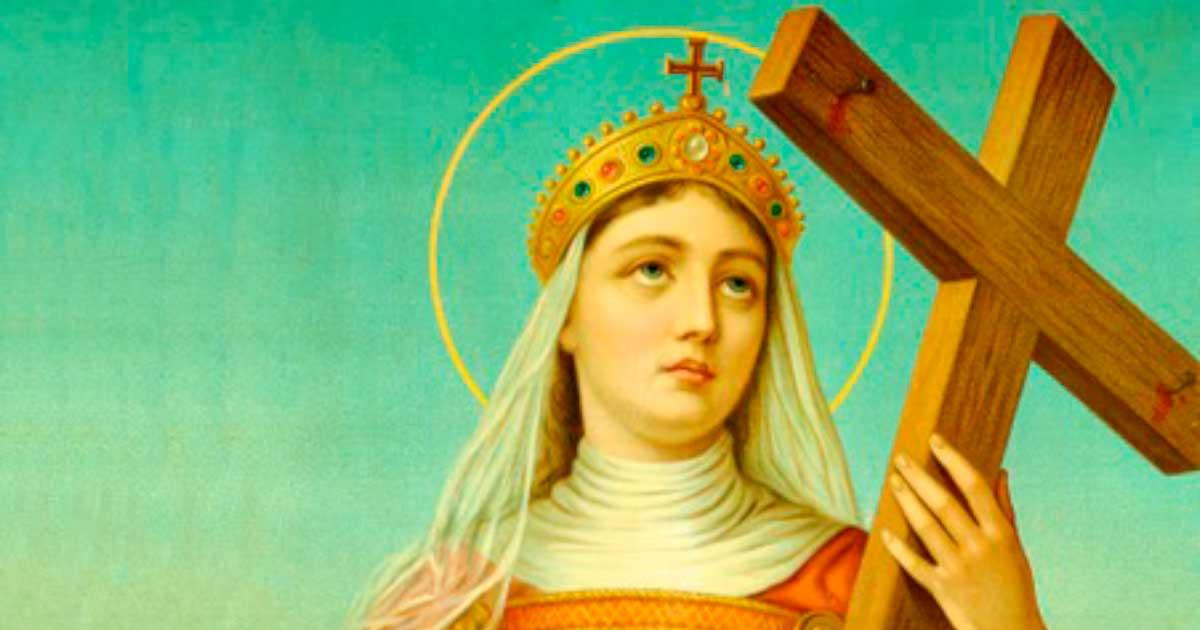
St Helena, Discoverer of the True Cross, Was the First Archaeologist
In 326 AD the mother of the Roman Emperor Constantine set out on a legendary pilgrimage to the Holy Land. Dubbed the world’s “first archaeologist,” Saint Helena was posthumously credited with unearthing fragments of the True Cross. While archaeologists tend to rely on surveys, excavations, and dating methods, Saint Helena managed this feat armed with her Bible, hearsay and, of course, signs sent by God.
Saint Helena’s pilgrimage is part of the complex history of Christianity. As the Roman Empire fell into decline, it was being undermined by a relatively new, and forbidden, religion known as Christianity. Refusing to worship Rome’s pagan gods or accept its emperor as divine, Christians were severely persecuted.
Remembered as the first Christian emperor, Constantine had a vision telling him to fight under the symbol of Jesus as he prepared for battle against Maxentius in 312. After his victory he vowed to make Christianity the official religion of the Roman Empire.
Crisis struck when Constantine had his first-born son and wife executed. This shocking event is said to have inspired the Empress Helena, by now in her 70s, to embark on a pilgrimage to atone for her son’s sins. The British Library explained that Saint Helena, patron of archaeologists and new discoveries, was afforded “unrestricted access to the imperial treasury in order to pursue her passion for what we would now term archaeology.”

Saint Helena finding the True Cross of Jesus, possibly by Jerôme David French. (Public domain)
Helena visited sacred sites, including Bethlehem and the Mount of Olives, establishing the Church of the Nativity and Church of the Pater Noster respectively. She then began to hunt for the site of Jesus’ crucifixion. Trying to identify the site 300 years after the fact based on vague references in the Bible was no easy feat, especially when Jerusalem had been all but obliterated by the Romans during the Jewish Revolt of 70 AD.
Legend has it that Helena asked God for help and in response lightning signaled a pagan shrine built by the Romans on the ruins of the Second Temple. Saint Helena ordered it demolished and excavated three wooden crosses from the rubble, a coincidence which suspiciously fit the biblical narrative. The healing of a sick woman identified which was the True Cross. Miracles, it seems, were also archaeological tools back in the 4th century. Saint Helena commemorated the site by building the Basilica of the Holy Sepulcher in Jerusalem.
Revered for their healing powers, fragments of the cross were shipped around the Roman Empire, only to miraculously multiply in the Middle Ages, so much so that the 16th century Protestant John Calvin quipped that they could have filled a boat. While historians doubt the authenticity of Helena’s relics, which also include thorns from Jesus’ crown and Holy Nails, Saint Helena did establish Jerusalem as the hotspot of Christian pilgrimage.
Top image: Lithography of Saint Helena by Fridolin Leiber. Source: Public domain
By Cecilia Bogaard















